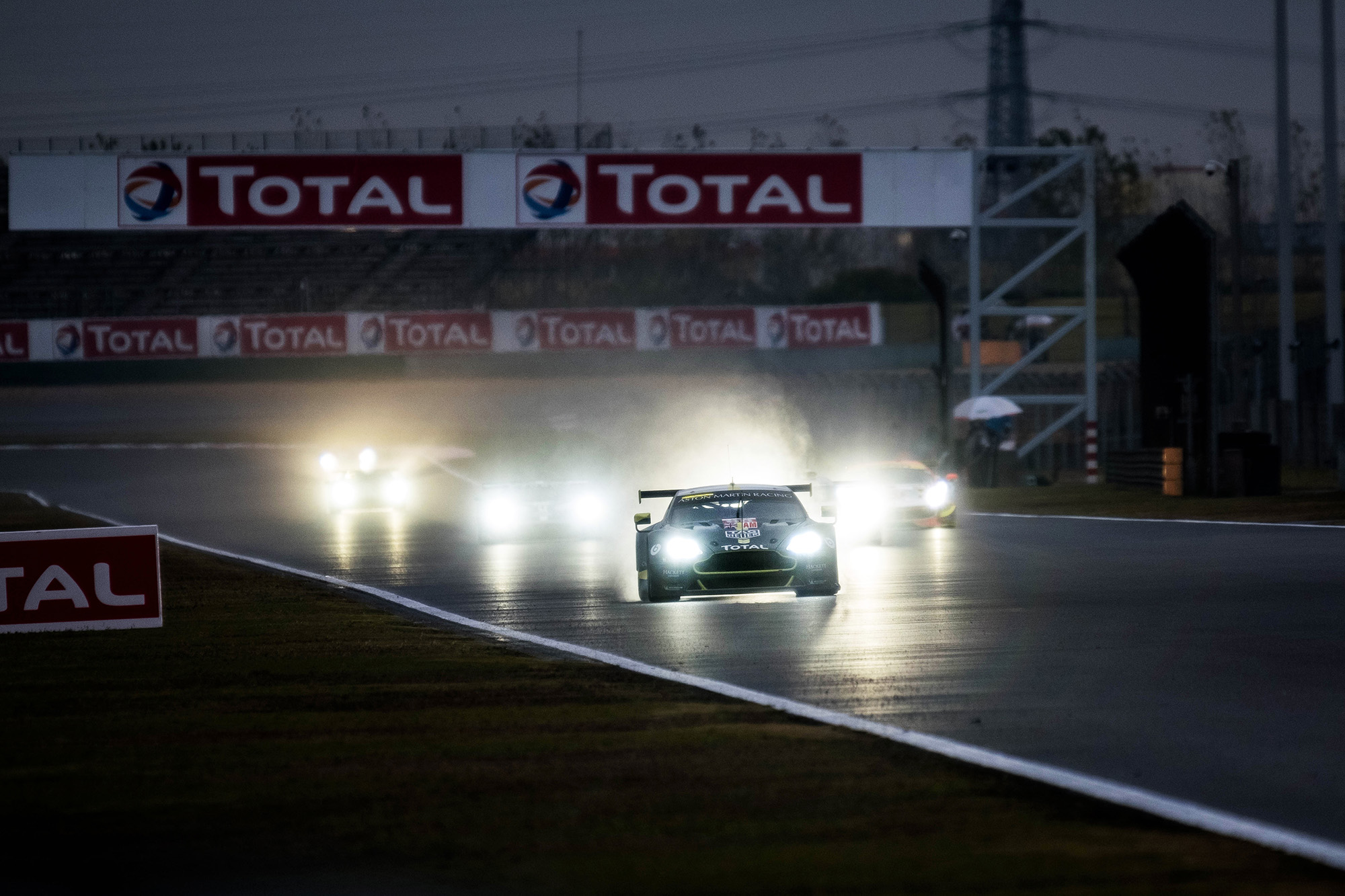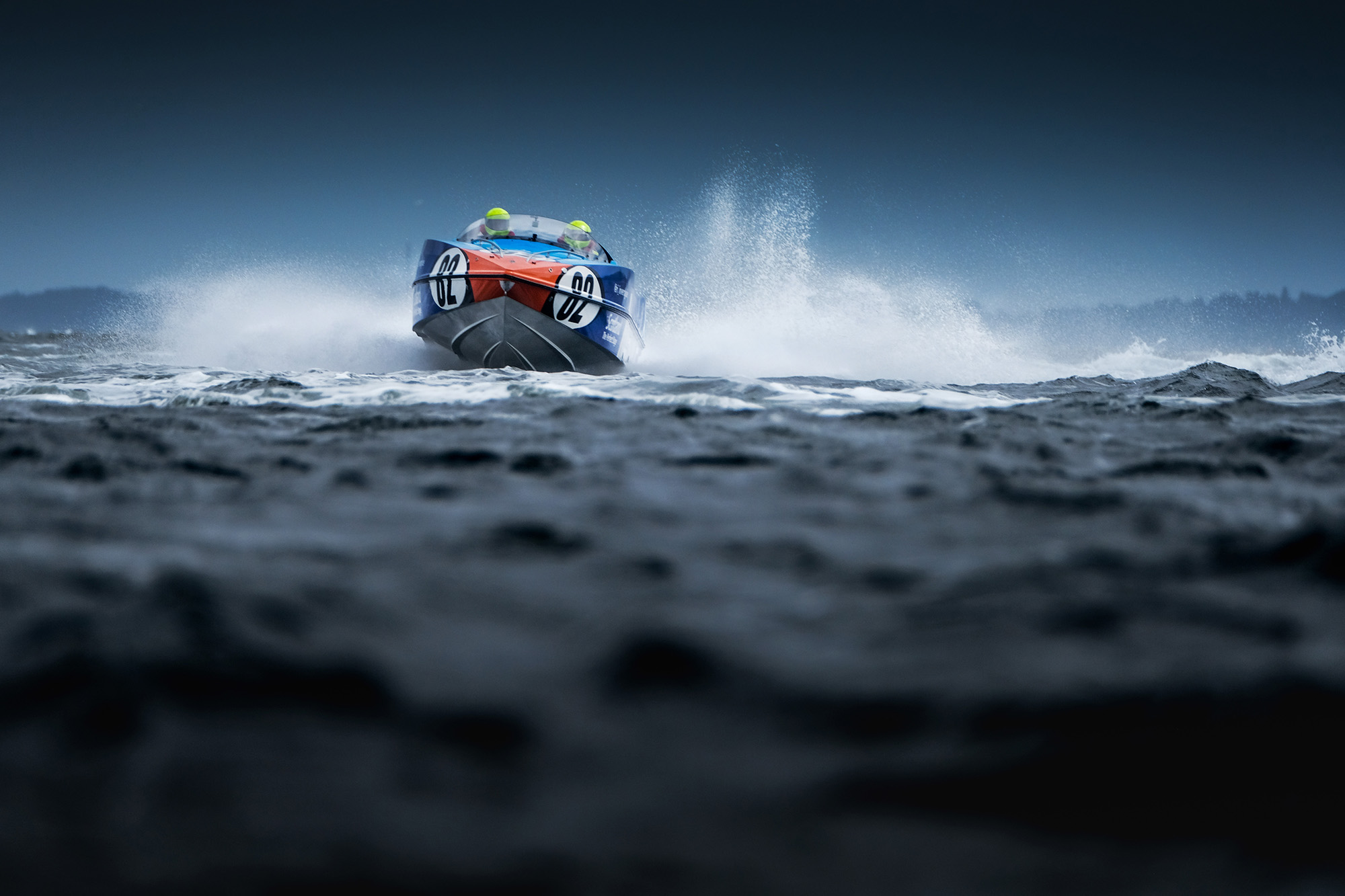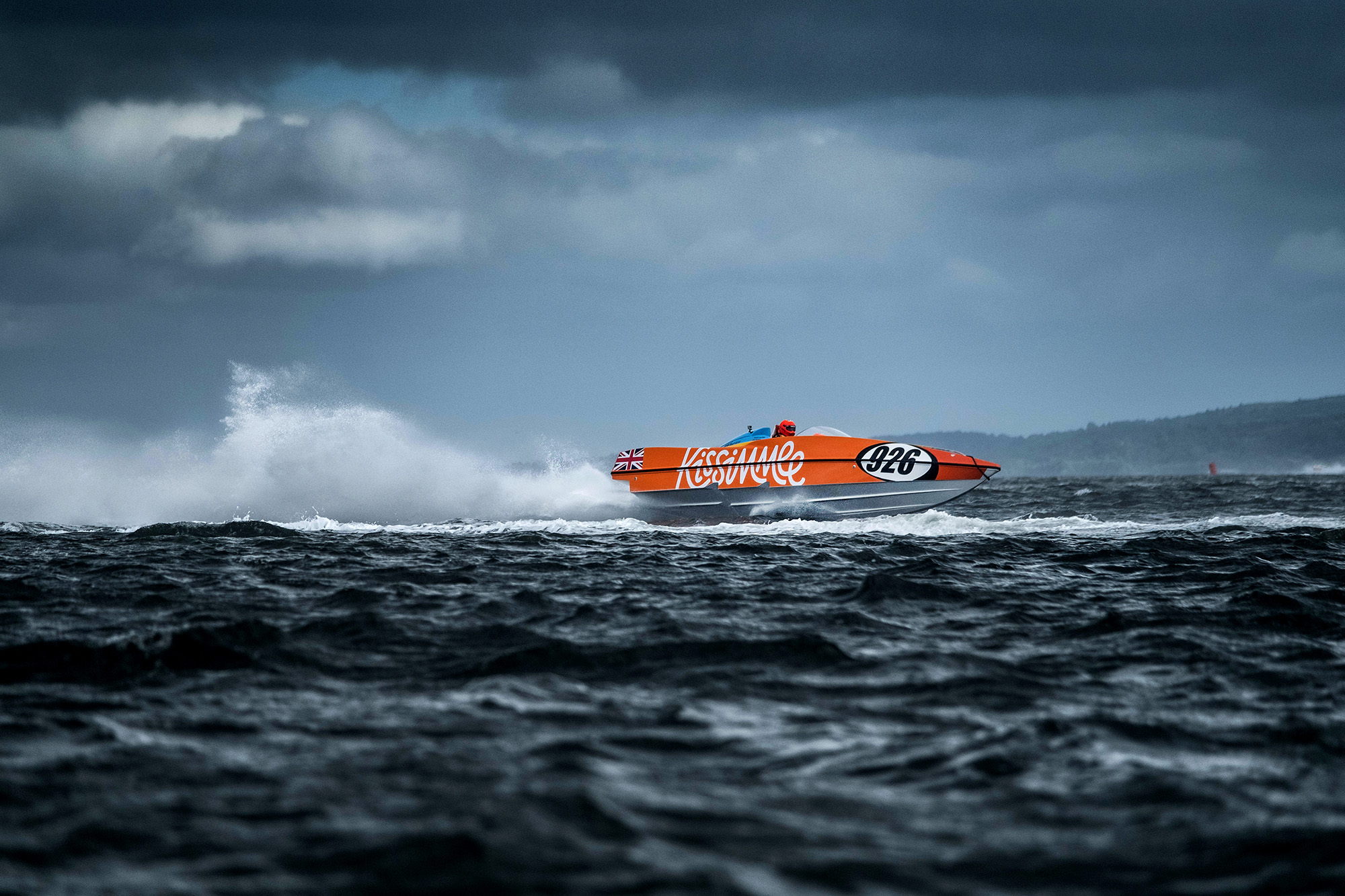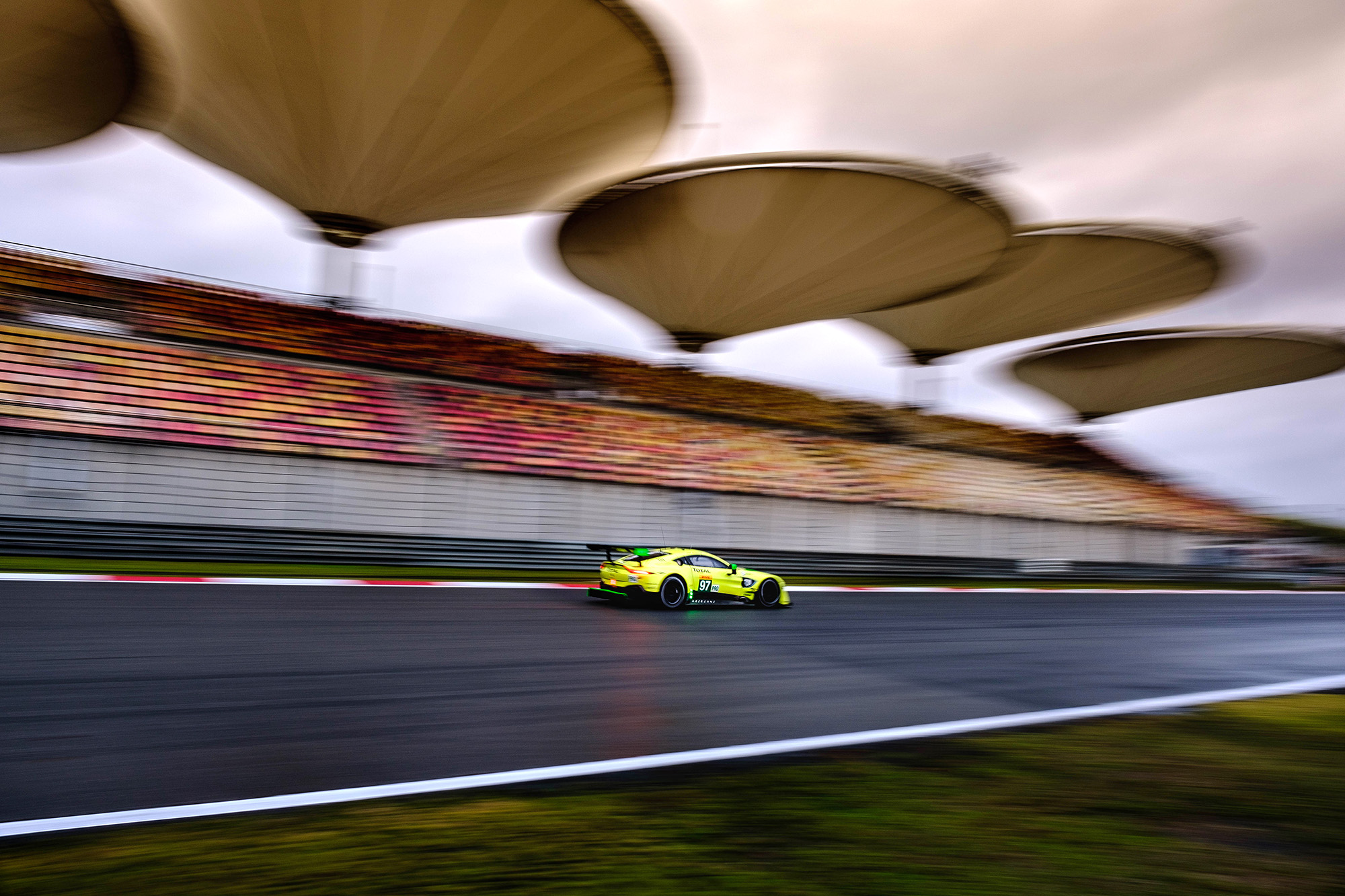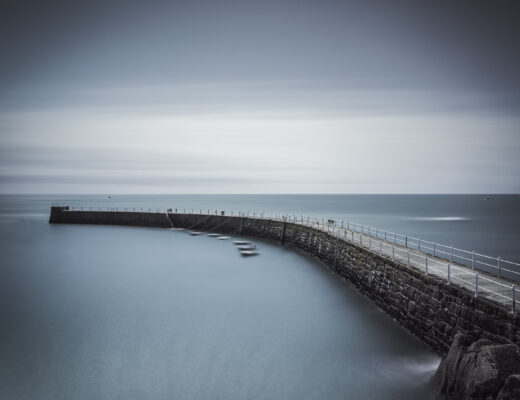WR (Weather Resistance) is something that is very prominently displayed on some of the Fujinon X Series lens and is marketed on the high end X Series camera bodies. As a sports photographer, I have to work in all weather conditions and the ability to stand up to elements is something that is high on my list of priorities when choosing camera gear
In my job I need to be confident that the tools that I choose to use can cope with the myriad of weather conditions that gets thrown at it and keep working. Over the past few years, I have shot in torrential rain, with waves are crashing over the boat I was shooting from and in very dusty conditions out in the desert. I love to shoot in more extreme weather conditions to add a touch of drama to my images.
To date I have never had any of my Fujifilm X Series kit fail due to water or dust ingress. However, this is partially down to the superb nature of the X Series weather sealing and partially down to the fact I take precautions to minimise the risk to my kit when shooting in bad weather or in difficult environmental conditions.
What X Series kit is weather resistant?
Before we start, let’s look at the current line up of X Series cameras and lenses that are weather resistant. The camera bodies that offer weather-sealing are the X-T3, X-H1, X-T2 and X-Pro2.
Of the current line-up of 25 Fujinon XF lenses and teleconverters, 14 have WR emblazoned on the outside or around the front element.
For the XF prime lenses we have the XF16mmF1.4, XF23mmF2, XF35mmF2, XF50mmF2, XF80mmF2.8 macro, XF90mmF2 and the XF200mmF2 that are all WR lenses. For the zooms we have the new XF8-16mmF2.8, XF16-55mmF2.8, XF50-140mmF2.8, XF100-400mmF4.5-5.6 and the XF18-135mmF3.5/5.6.
In addition, the two teleconverters that currently fit the XF50-140mmF2.8, the XF100-400mmF4.5-5.6, the XF80mmF2.8 and the XF200mmF2 are both weather-sealed. However, that should be a given due to the fact that the four compatible lenses all bear the WR letters.
I need to point out that while weather-sealing offers better protection for the kit, I have used non-WR lenses in extreme conditions, such as the XF10-24mmF4 zoom. I just try to be extra careful with these lenses and protect them as much as possible.
Taking precautions
Each situation is different and part of my job is to decide how I get the shots that I need for my clients for any given situation. Part of this is taking into consideration the weather or environmental conditions at the time of the shoot.
Over the years people have asked me why I take two or even three camera bodies on jobs. The main reason is redundancy. If a camera body fails for any reason I need to have a back up so that I can keep shooting. I can’t turn round to my client and say, “Sorry, I can’t get the shots for you because my camera has stopped working.” I wouldn’t be in business very long.
When dealing with extreme weather or environmental conditions, there is another good reason to have multiple camera bodies. If it is extremely wet or dusty, the last thing you want to be doing is changing lenses. You can change lenses if you are extremely careful and keep your camera covered up during the procedure, but I prefer to select the lenses I want to use and have multiple bodies so that I don’t need to swap lenses.
Let’s take last weekend’s FIA World Endurance Championship race in Shanghai as an example, which was extremely wet. In fact the race started behind the safety car and was stopped twice due to the extreme weather conditions, where there was so much water on the track the cars were just aquaplaning off the circuit.
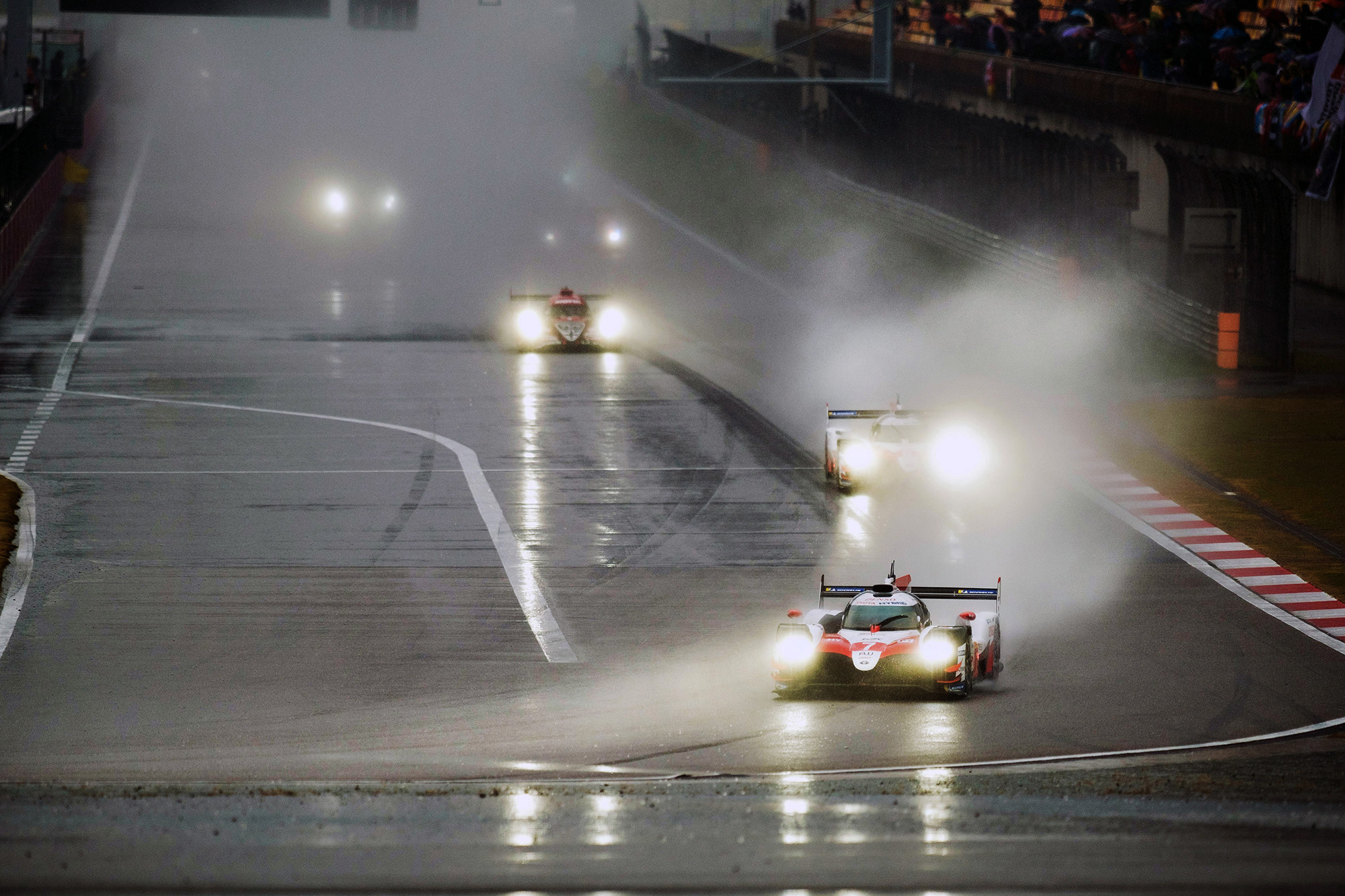
The start of the 6 Hours of Shanghai in extremely wet conditions – X-T3 + XF200mmF2 + 1.4x converter – 1/1600 @ f2.8 ISO800
In such extreme conditions I selected the lenses I wanted to use in the dry media centre. This was three bodies with three lenses – an X-T3 + XF200mmF2 and 1.4x converter, an X-T3 + XF50-140mmF2.8 and an X-T2 with the XF16-55mmF2.8. This meant that I had all the focal lengths I would need without having to swap lenses and chance the possibility of water getting into the camera or onto the sensor.
The other thing I do when working in wet conditions is to put covers on the cameras and make sure no water is hitting the camera or lens when it is not in use. WR means ‘weather-resistant’ not ‘weather-proof ‘and I have seen professional cameras from all the main manufacturers fail due to water ingress. So I prefer to err on the side of caution, and cover up the cameras and lenses as much as possible.
When shooting I sometimes have to take the covers off to operate the camera, so I have a large chamois leather in the bag to remove as much excess water on the camera body before I put the covers back over the kit.
Sea water is far more harmful to a camera and lens compared to fresh water, and I am doubly cautious when working on or around salt water due to its corrosive nature. When I covered the powerboat races last year in Scotland, I was working off the back of a media boat. The weather was windy and raining, and the water in the Clyde Estuary was very choppy, meaning there was a lot of spray from the water. Again, I kept the three cameras and lenses that I was using covered as much as possible.
Once I had finished the day’s shoot, I cleaned the cameras thoroughly with a damp cloth using fresh water and then drying the camera and lenses completely.
I also recommend fitting a UV/Skylight filter to each lens when shooting near salt water, just to add another layer of protection.
When shooting motorsport, another element that I need to consider is champagne. This stuff is very nice to drink and spray in celebration, but is a pain if it gets on the camera and/or lenses. I learned this the hard way when I got caught in a podium celebration a few years ago and the X-T2 I was shooting with got covered, as did I. I cleaned the camera and lens immediately afterwards but the champagne had got under the shutter dial and it was very sticky for weeks afterwards. After a lot of cleaning it was OK, but I now cover the cameras and lenses when shooting anywhere near a podium celebration.

6 Hours of Shanghai – Jenson Button / SMP Racing BR1-AER – X-T3 + XF200mmF2 + 1.4x converter – 1/250 @ f2.8 ISO80
Getting caught out
As you can see, I try to limit the exposure of my camera kit to extreme conditions to protect it as much as possible but I have been caught out on several occasions where I didn’t have any covers, and packing up and going home wasn’t an option.
One of those occasions was at Le Mans in 2016 and I was forced to shoot with the camera and lens, in this case an X-T2 and XF100-400mmF4.5-5.6 zoom, exposed to the elements for over 30 minutes of heavy rain. I have to say, the Fujifilm kit operated faultlessly, which is more than could be said for me – I was soaked to the skin! But I got the shots I needed before heading back to the media centre to dry off both myself and the gear.
At least it proved that the X Series weather resistance is pretty solid and something that can be trusted if I need to shoot like that again. However, I am a cautious fellow and still prefer to cover my cameras and lenses as much as possible.
What covers do I use?
I have a Think Tank Hydrophobia, which was designed for a DSLR but I have adapted it for use with the X-T3/X-T2 and 100-400mm or 200mm lenses. This is a great piece of kit but, at over £120, it isn’t a cheap option. There are less expensive alternatives on the market and as long as the camera is protected from the elements and you can still operate the camera, then it is worth considering anything that works.
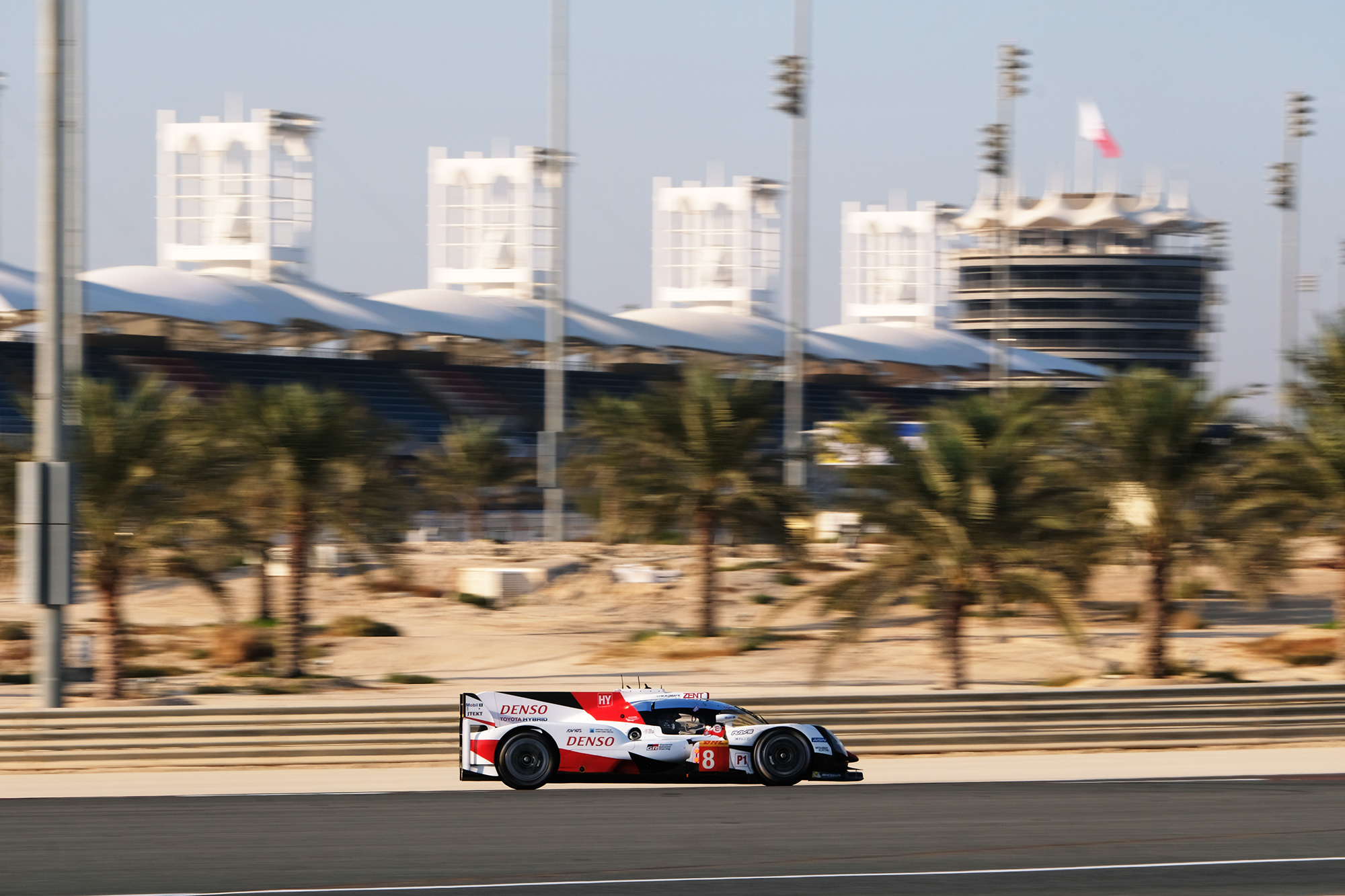
The dry and dusty desert conditions at the 6 Hours of Bahrain – X-H1 + XF50-140mmF2.8 – 1/100 @ f16 ISO200
Conclusion
I have tested the X Series in some pretty extreme weather conditions since I bought into the system back in 2012. The original X-Pro1/X-T1 were not weather resistant but since the launch of the X-Pro2/X-T2, the X Series is better-protected. As a sports photographer I need to trust that my kit will operate in bad conditions, and over the years I have come to rely on my cameras and lenses, standing up to whatever mother nature decides to throw at me.
To conclude, I’d like to finish with an anecdote. When I work trackside at the various circuits I travel to around the world, I sometimes get talking to photography enthusiasts on the other side of the fence who are usually interested in talking about cars or gear. Using the Fujifilm X Series for sport does attract a bit of attention.
The conversation usually turns to how I get a media pass and how they would love to be sat where I am at the side of the track without a fence in the way. As someone who used to sit on the spectator side of the fence with a camera before it became my career, I can appreciate their desire to be closer to the action.
However, I have noticed over the years those comments only happen when the sun is shining. It has never happened when it is pouring with rain or the wind is blowing hard. As a professional sports photographer, I don’t have the option of packing up if the weather takes a turn for the worse.
So, I have to make sure I am dressed correctly and my gear adequately protected against the elements. However, it is also a comfort to know that the WR letters on the Fujinon lenses actually means something and will provide a level of protection against the elements.



